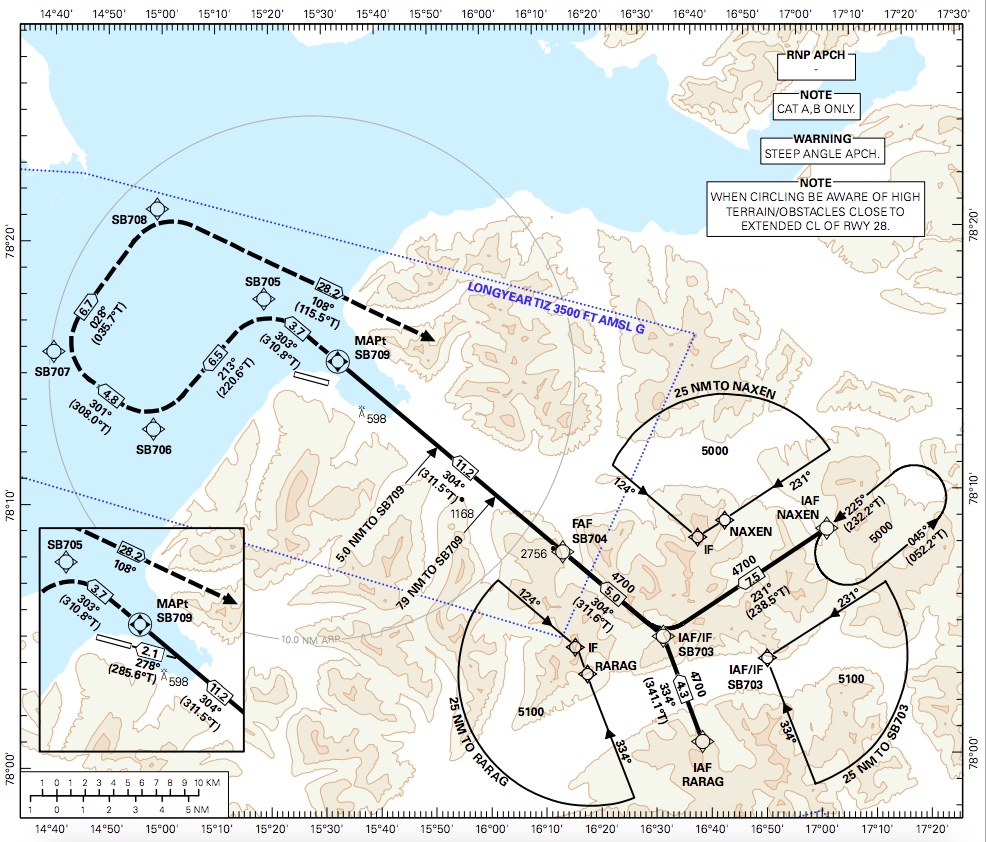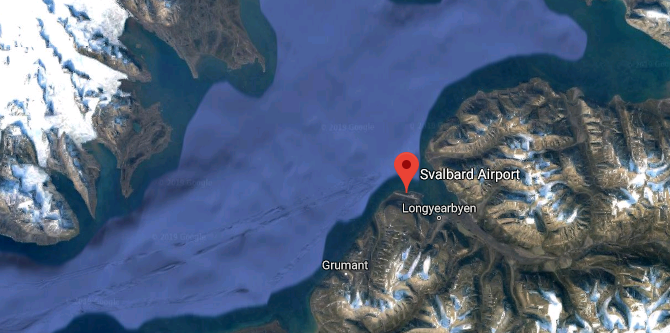Svalbard-Longyear (ENSB) has one particular approach (the RNAV (GNSS) - A approach to runway 28) whose missed-approach course is... oddly-shaped, to say the least:
 (PDF by Avinor; screenshot and cropped by me.)
(PDF by Avinor; screenshot and cropped by me.)
If the pilots can't see the runway by the time they reach SB709, they have to make a right-angle turn to the left just before reaching SB705, followed by a series of three right turns that end up with the aircraft aimed at NAXEN and its holding pattern (and flying directly over the substantial mountains immediately to the north of Adventfjorden en route).
The hockey-stick-shaped missed-approach course can't be for obstacle clearance, given that all this manoeuvring is carried out over the water - indeed, the other two approaches to runway 28 (the unadorned RNAV (GNSS) approach and the localiser approach) have missed-approach courses which each include but a single, wide, conventional turn en route to the holding patterns at the NAXEN waypoint and the Longyear NDB, respectively - so why does this particular approach have such a weird missed-approach course?




